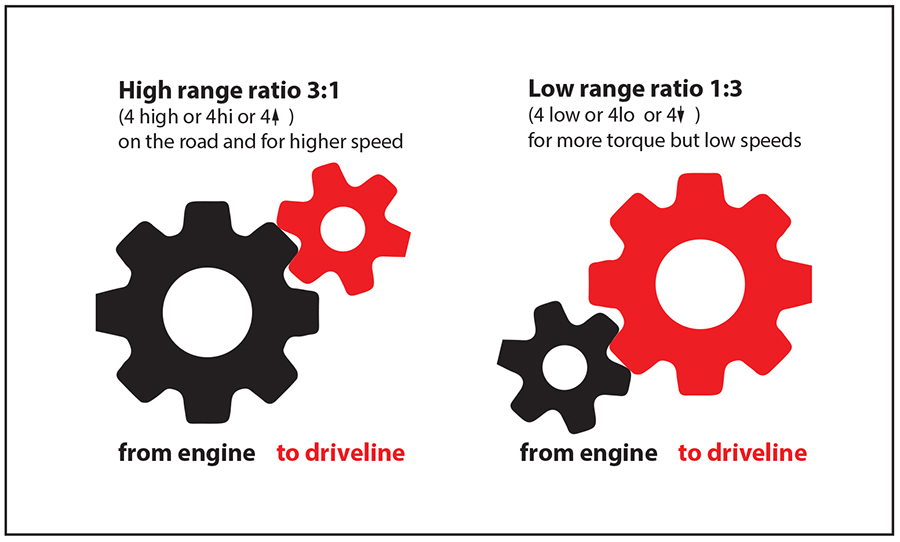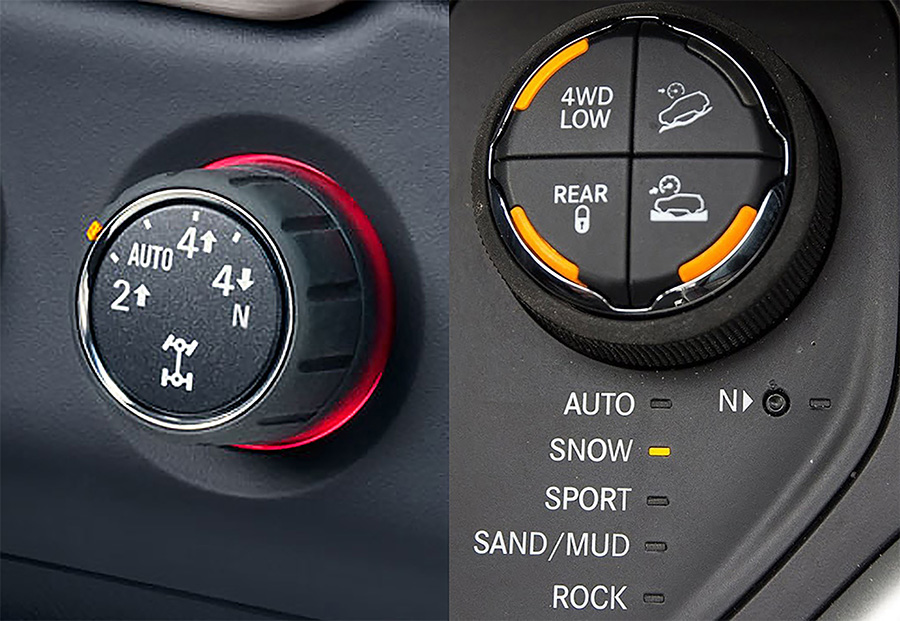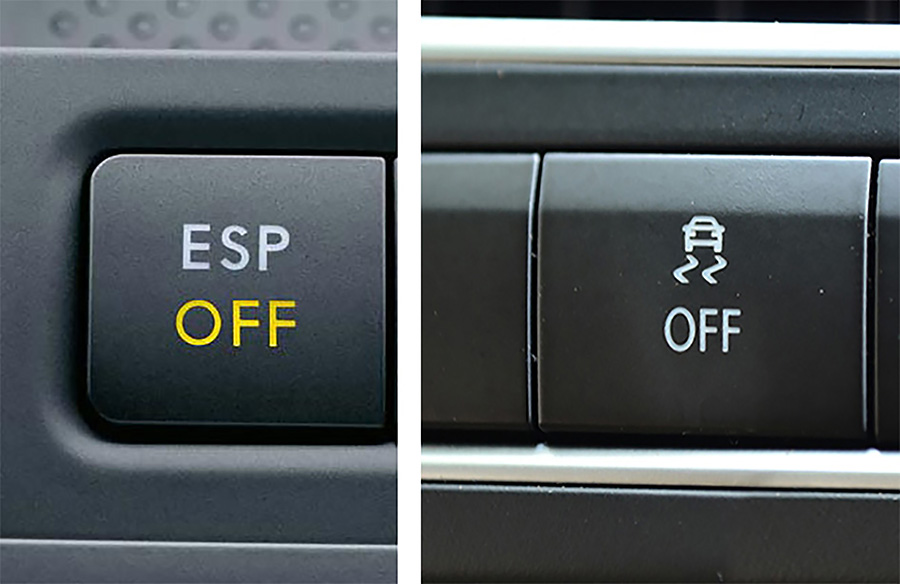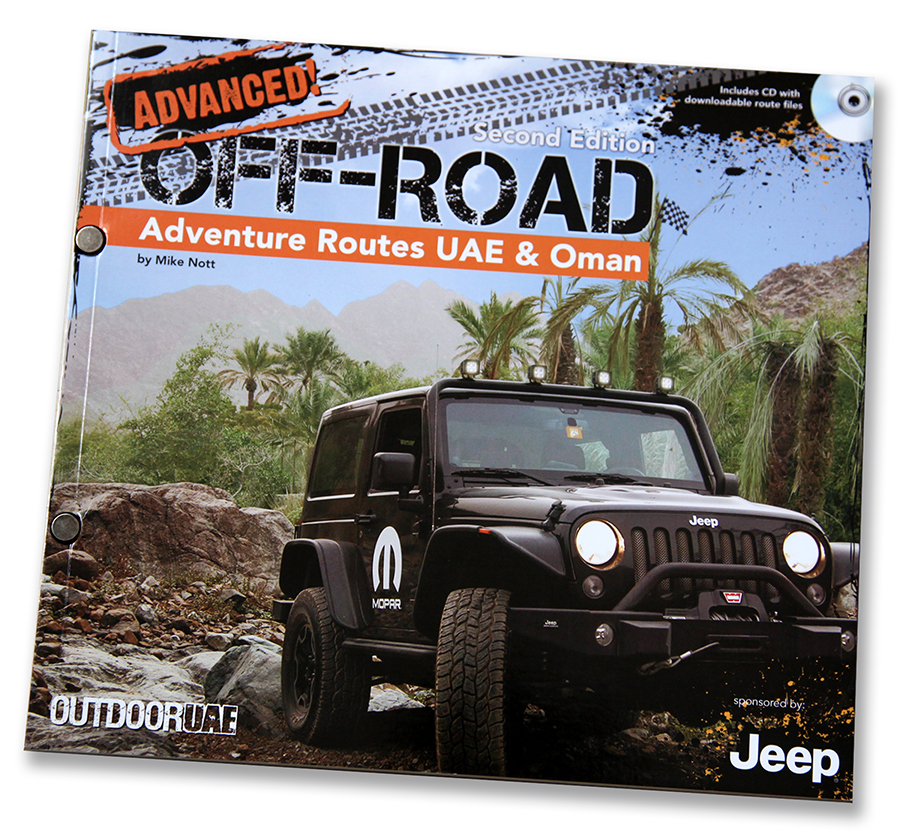After covering in the November issue how to prepare and what essentials to take with you, we will now leave the tarmac and get the first taste of off-roading. As mentioned before, the best way to get started is with someone who is experienced or with a club. Off-roading is like so many other activities you need the practice to master your discipline, so start with easy routes and work your way upwards until you are a pro yourself!
1. Know Your Car
Before going off-road, you should know your car! A lot of people drive their 4×4 for months or even years and don’t really have an idea how to use all the options their car is offering to go off-road. So make sure, you know how to engage 4WD if it is not a permanent 4WD. Know how to switch off and on any driving aids which might be useful on the road but not off-the road. It is quite common, that the first problems with new drivers start at the beginning simply because they have not put the car in the right driving mode. The options differ a lot between cars but things you should look up:
• Switch off traction control
• Switch off stability systems
• Switch on differential locks
• How to choose gears manually in an
automatic transmission car?
• And last but not least you should have a good feeling for your car, every car handles differently which might not be a big issue for experience drivers but if you never been off-road you should be familiar with your car, know how much engine power you can expect, how the brakes feel etc, otherwise it will just add the risk of getting unnecessarily stuck.

2. Tire Pressure
It is commonly known that you should reduce tire pressure but most people don’t know why. Observing the car after releasing some air from the tires looks not much different than before so people often underestimate the huge difference it really makes. Even if you see not much difference from looking to the side of the car, (the graphic shows how much more surface contact the tire will have if pressure is released). There are many ways to release air, you can get deflators or just simply press the small pin in the valve to release pressure. You can count down to 30sec and then check the pressure again until you reach the desired value. Once you have done this a few times, you will know how many seconds your tires approximately need to be deflated. The pressure value depends on many factors, e.g. the terrain is gravel, rocks or soft sand but most of all on personal preferences. If you ask a few pros they might all give you different values, so it’s not an exact science it’s more a personal preference. But a good range would be between 20-25PSI for rock and gravel and 16-20PSI for sand. If you are stuck in the sand you can even deflate further but the lower the pressure in the tire, the higher the risk that a tire might pop off the rim.
3. Drive Mode
Getting back to step 1. You should know by now how to do all these steps and not take out the manual before leaving the road. Turn on 4WD.
High or low range – If your car has the option to choose a High or Low gear ratio you should understand their benefit, which ones you choose is based on preference and experience. The high range will give you more top speed which is used commonly on the road. Low range ration will give you less speed but much more torque (at low speeds) which is usually beneficial in off-roading conditions.
High range ratio 3:1 (4 high or 4hi) – on the road and for higher speed Low range ratio 1:3 (4 low or 4lo) for more torque but low speeds

Gears – The trick in sand is to always keep momentum, not speed. Avoid any sudden changes, so get going in 2nd gear, not the 1st to avoid the tires from directly spinning. Unless you need to accelerate to make it up a dune, drive in low gears with steady momentum in lower RPM. Low gears and low RPM reduce the strain on the engine, avoid overheating and uses less fuel. If you descend dunes use your engine break in 1st or 2nd gear and not the foot brake.
Differential lock – First this needs a bit explanation to understand the concept and use of it. In cars the differential allows the outer drive wheel to rotate faster than the inner drive wheel during a turn. This is necessary when the vehicle turns, making the wheel that is traveling around the outside of the turning curve roll farther and faster than the other. The average of the rotational speed of the two driving wheels equals the input rotational speed of the drive shaft. An increase in the speed of one wheel is balanced by a decrease in the speed of the other. This is good on the road but off-road this can turn into a nightmare since it lets only the wheel spin which has no traction. The wheel with the least amount of resistance (the wheel which has no traction and is spinning) suddenly receives 100% of available torque, resulting in 100% loss of traction on the 3 wheels still in contact with the ground. (See graphic)

A locking differential is designed to overcome the chief limitation of a standard open differential by essentially “locking” both wheels on an axle together as if on a common shaft. This forces both wheels to turn in unison, regardless of the traction (or lack thereof) available to either wheel individually. A locked differential can provide a significant traction advantage over an open differential, but only when the traction under each wheel differs significantly. Your car might have several locking options front, back, central if it is equipped with a differential lock. Most common is a central lock on 4WDs.

If this sounds too confusing all you need to know, if you are stuck and only one wheel or two wheels are spinning and the others don’t move at all, you need to lock your differentials.
You should never drive with the diff-lock(s) locked on the road, it will take control from you and makes the car hard to steer.


Driving Aids – For most conditions especially sand switch off the “traction control” – traction control will stop tires from slipping and spinning and will take throttle from the tires to counter act the slipping. Since momentum is essential, you need to be in control of the throttle at all times, therefore, it’s better to switch traction control off. Some cars automatically turn of traction control when you switch in Low ratio. Ascending a gravel road and in some other conditions, traction control can be very useful, so in that case, you might want to switch it back on.
The same applies for ESP, off-roading is not what these computers are programmed for so they might work against what you are wanting to do so it’s better to switch all these aids off. If you use some off-road modes or differential lock some cars switch off these aids automatically.

3. Check your instruments; Even if you made a check before you leave your home, always check again before you go off-road and also always keep an eye on your dashboard. Monitor the engine temperature, fuel level and other important parameters your car can provide both before and while you are off-road.
Now you should have a basic idea how to set your car before leaving the road. As mentioned, off-roading is not an exact science and you need practice and experience and this series of article should just help you with some basic theoretical information. In the next article, we finally hit the dunes! ■
The book you can buy online or call: www.outdooruae.com/guidebook or +971 4 446 8473 | +971 55 939 8915


